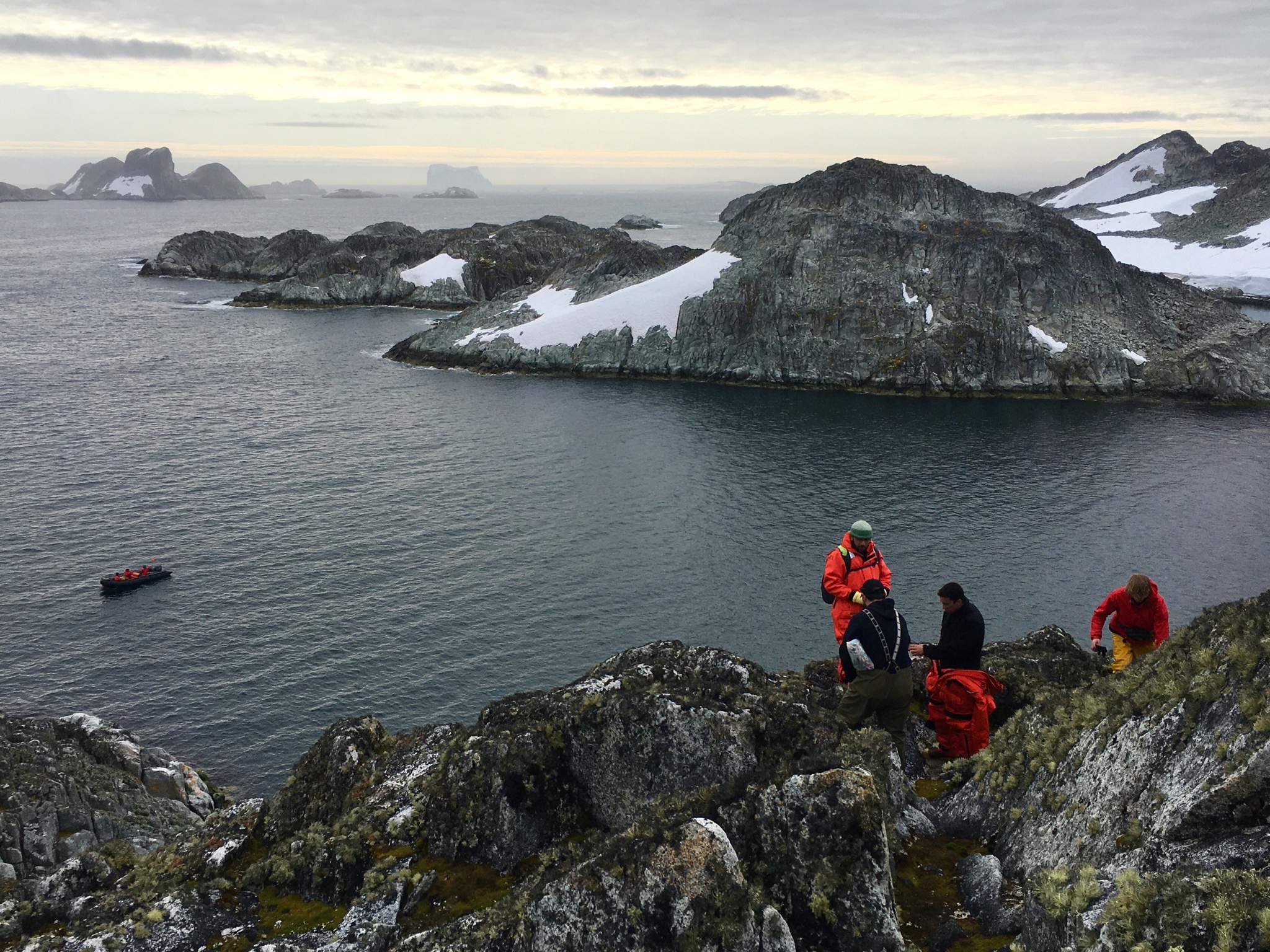In an era of unprecedented global change, exploring patterns of gene expression among wild populations across their geographic range is crucial for characterizing adaptive potential. However, few of these studies have identified transcriptomic signatures to multivariate, environmental stimuli among populations in their natural environments. In this study, Fraik et al. identified environmental and sex-driven patterns of gene expression in the Tasmanian devil (Sarcophilus harrisii), a critically endangered species that occupies a heterogeneous environment. No transcriptome-wide patterns of differential gene expression were detected, consistent with previous studies that documented low levels of genetic variation in the species. However, genes previously implicated in local adaptation (Fraik et al. 2019, Biorxiv) to abiotic environment in devils were enriched for differentially expressed genes. Additionally, modules of co-expressed genes were significantly associated with both geographic location and sex. This study revealed that candidate-gene approaches to transcriptomic studies of naturally sampled wildlife populations may be necessary to capture gene expression changes in response to complex multivariate environments.
Fraik, A.K., Quackenbush, C., Margres, M.J., Comte, S., Hamilton, D.G., Kozakiewicz, C.P., Jones, M., Hamede, R., Hohenlohe, P.A., Storfer, A., Kelley, J.L. Transcriptomics of tasmanian devil (Sarcophilus harrisii) ear tissue reveals homogeneous gene expression patterns across a heterogeneous landscape. Genes 2019, 10, 801. *Corresponding author










